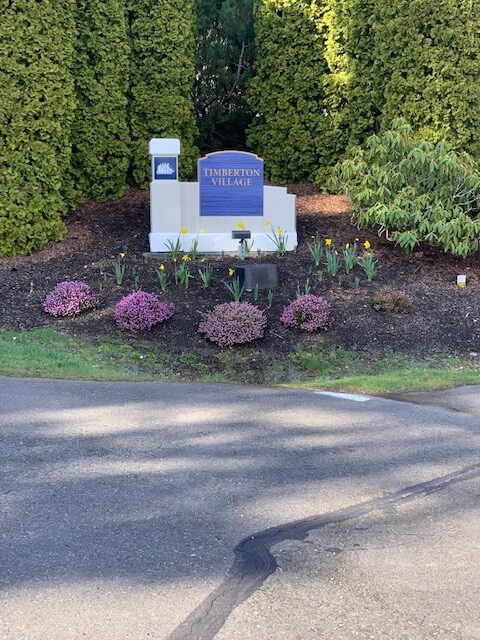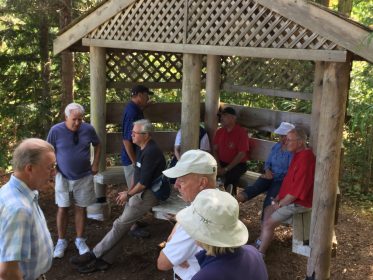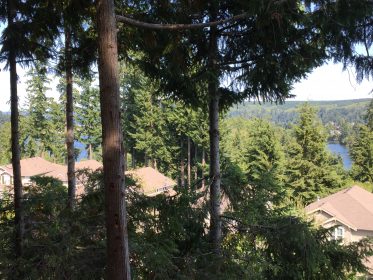Agenda here (TVHA BOARD SPECIAL MEETING AGENDA NOVEMBER 2, 2020).
Message from the board about this meeting:
Hello All,
We are having a special meeting November 2nd, 2020.
MONDAY, NOVEMBER 2, 2020 3PM ZOOM LINK:
https://us02web.zoom.us/j/81756292996?pwd=TFlOVFZKbHFLU2VEWkVlcW9MVUpxQT09
Meeting will be open at 2:30pm.
1. Call to order & determination of quorum.
2. Approve Agenda
3. Purpose of the meeting:
Recommendation: Approve the use of $6,540 in one-time contingency to be appropriated to the VMC, Land and Capital Improvements budget line for the purpose of clearing brush from the west side of Timberton Drive to enhance the main drive into our village.
Background: The clearing of brush would include approximately 400’ long (according to Google Earth) and various widths, to be similar in appearance to the east side of Timberton Drive. There is a rock retaining wall hidden in the brush, if exposed would greatly improve the appearance of the area. The scope of work would include removing black berry bushes, some of which are entangled in some nice trees and bushes. Certain alders would be removed, and others thinned. The project would enhance the appearance of the common area which all residents see as they travel Timberton Dr. Two bids were obtained and the lesser bid was from our current landscaper, GreenState Landscaping.
Financial impact: Use of $6,540 in one-time expense funded with one-time contingency. Ongoing annual maintenance costs, beginning in fiscal year 2021-22, would be budgeted in the Grounds Maintenance budget line by reducing available VMC, Land and Capital Improvement and increasing Grounds Maintenance by the anticipated $960 as proposed in the bid by GreenState Landscaping. No additional increase in dues is anticipated based on this recommendation.
4. The time and date of the next regular Board meeting is December 14th, 2020 at 5:30 pm at the top of the Trail & ZOOM.
5. Adjourn
If you are not able to attend the meeting at 3:00pm on November 2nd , please send your comments using the Contact the Board under the Contact Tab at www.timberton.org.
Below is addition information for ZOOM:
Join Zoom Meeting
https://us02web.zoom.us/j/81756292996?pwd=TFlOVFZKbHFLU2VEWkVlcW9MVUpxQT09
Meeting ID: 817 5629 2996
Passcode: 339305
One tap mobile
+12532158782,,81756292996#,,,,,,0#,,339305# US (Tacoma)
+13462487799,,81756292996#,,,,,,0#,,339305# US (Houston)
Dial by your location
+1 253 215 8782 US (Tacoma)
+1 346 248 7799 US (Houston)
+1 669 900 6833 US (San Jose)
+1 929 205 6099 US (New York)
+1 301 715 8592 US (Germantown)
+1 312 626 6799 US (Chicago)
Meeting ID: 817 5629 2996
Passcode: 339305
Find your local number: https://us02web.zoom.us/u/kbQzpWD5nd
 And now, they have bloomed – at least on the north side.
And now, they have bloomed – at least on the north side.

